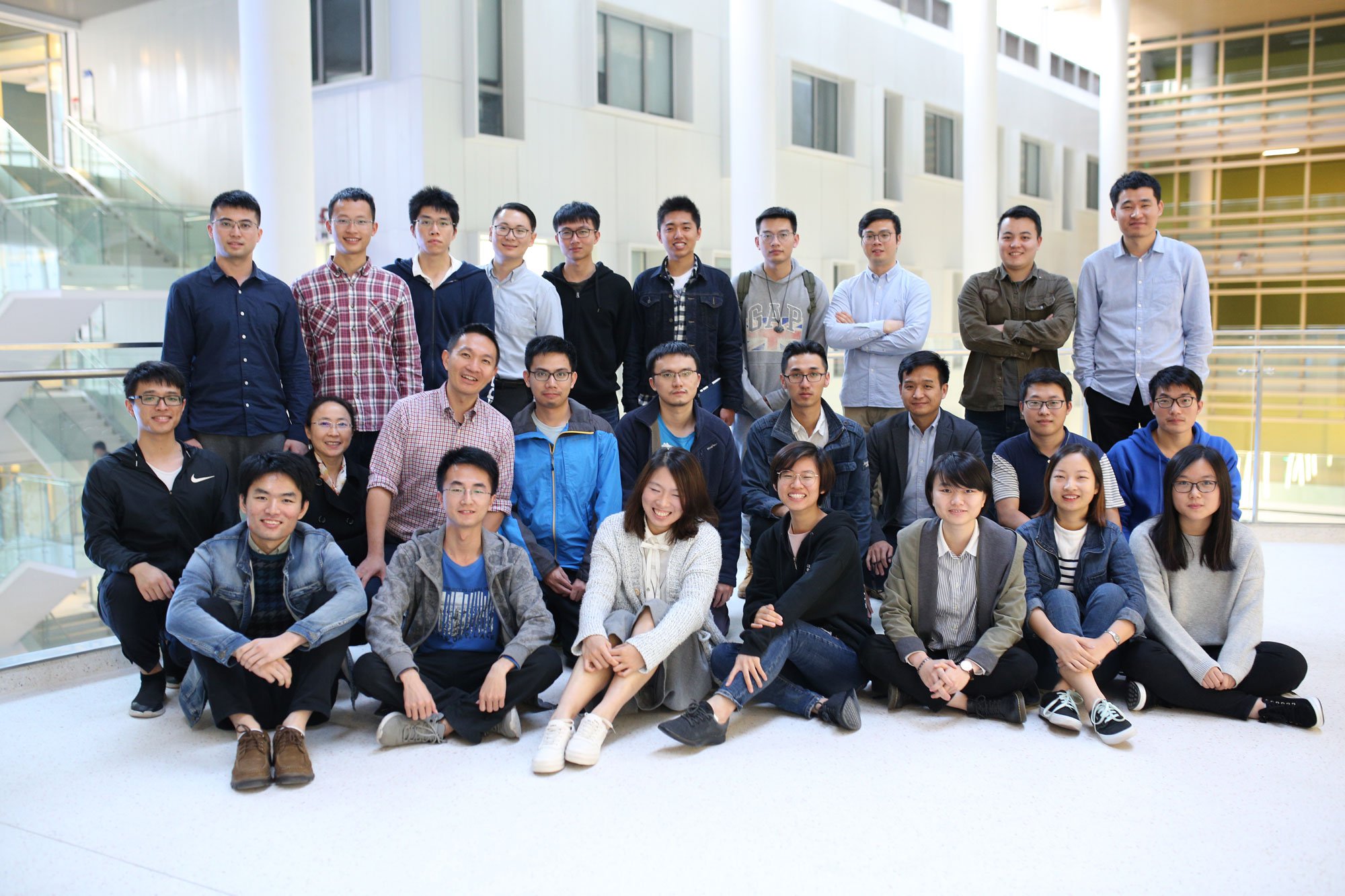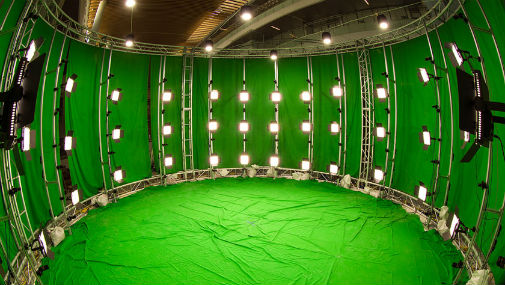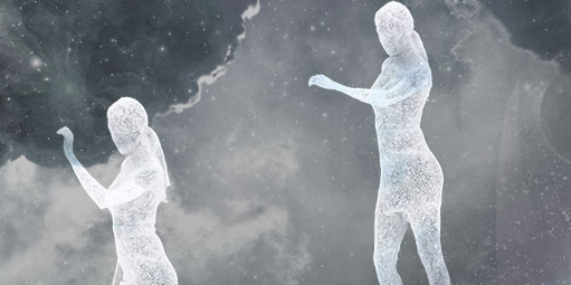
Our mission is to realize indistinguishable virtual reality contents from the perspectives of fundamental research core techniques in light field acquisition, storage, processing, rendering and display. We explore light field VR technologies ranging from micro scales to macro scales in order to take the lead in the capture, processing and tele-presence of 360-degree 3D dynamic real scenes up to the human-eye resolution.
Our vision is to offer a cross-scale, cross-disciplinary, universal technical platform to facilitate and upgrade other research and application areas, e.g. biomedicine, cultural heritage, digital city, new media, space technologies. VRVC will serve as a pillar of ShanghaiTech's path to a top-notch research institute in the world and become a world-class research center in the correlated areas. We constantly devote ourselves to improving and developing the living conditions, economic development and scientific research in China.





